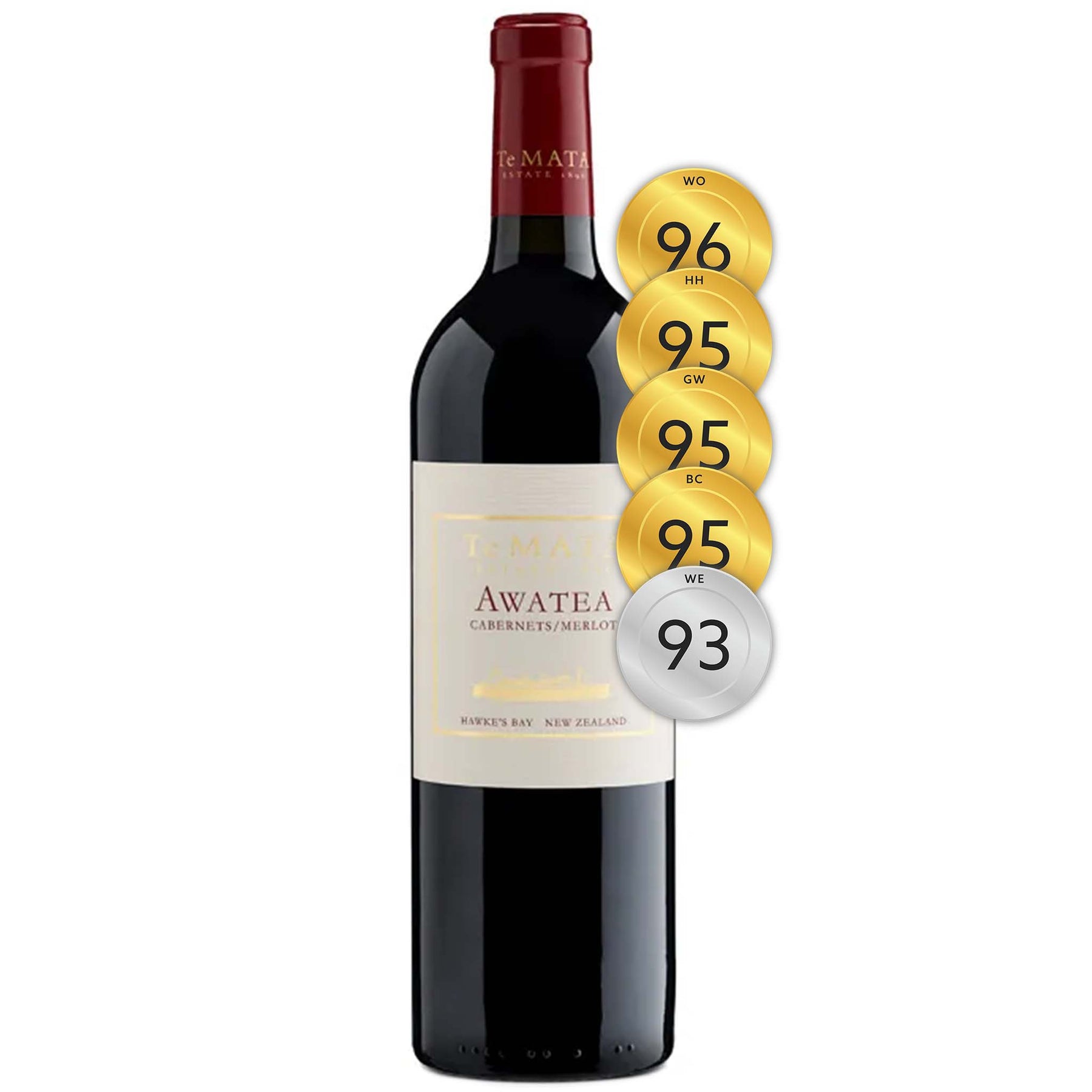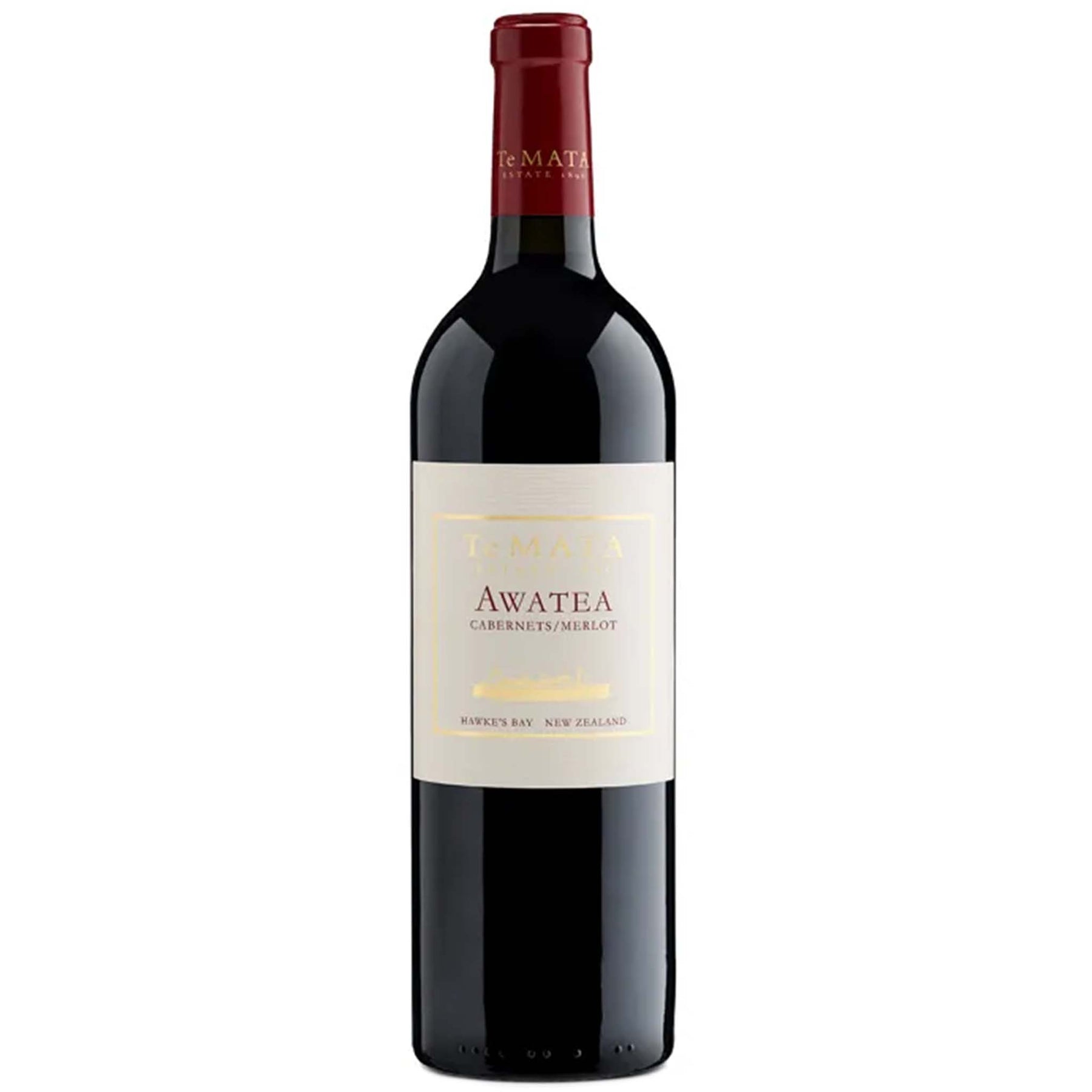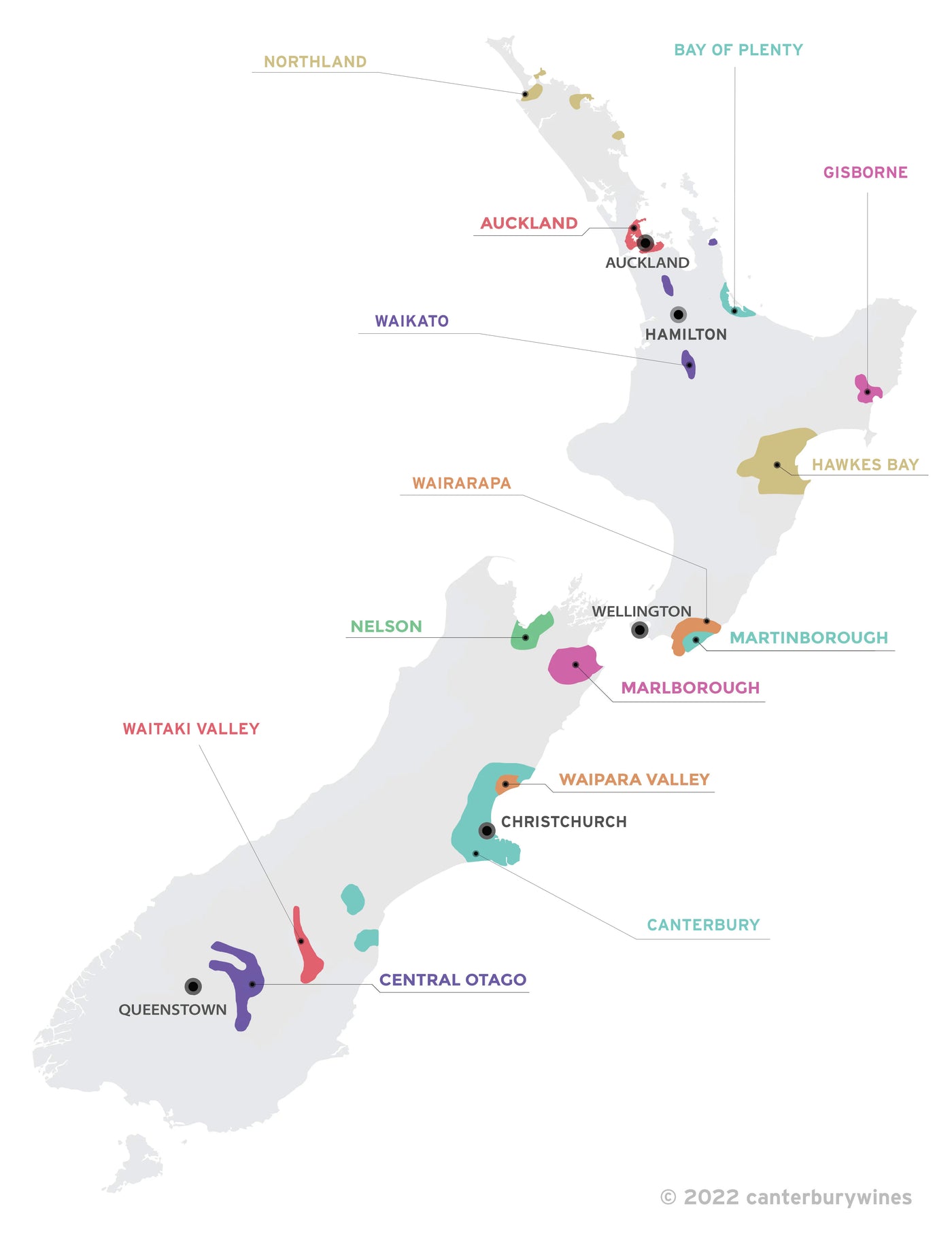

Te Mata Estate Awatea Cabernet Merlot 2019
Style: Red Wine
Closure: Cork
Te Mata Estate Awatea Cabernet Merlot 2019
Warehouse
34 Redland Drive
Vermont VIC 3133
Australia
Critic Score: 96
Alcohol: 13.5%
Size: 750 ml
Drink by: 2038
Te Mata Estate was established in 1896, specialising in high-quality wines of classical style. The winery remains family owned, producing internationally recognized wines exclusively from its Hawke's Bay vineyards. Te Mata produce two classic blends of cabernet sauvignon, merlot and cabernet franc; Coleraine which is regarded by many as New Zealand's finest red wine and its younger brother Awatea.
"It's the best Awatea I can recall tasting. I'm tasting it alongside the 2019 Coleraine as a point of reference. Medium-bodied, dense, firm and concentrated, a subtle herbal fragrance through red and black fruits, with an umami edge of black olive tapenade, a distinct 'mineral' ironstone feel to it, crisp raspberry acidity and flavour, a tight mesh of fine chalky tannin to close out a long bright finish. Wonderful." Gary Walsh
The 2019 Awatea is a blend of 46% cabernet sauvignon, 32% merlot and 22% cabernet franc.
"Edged with a brilliant crimson, Awatea Cabernets/Merlot ’19 has a rich magenta core, with dark plum, blackberry, and lush black cherry forming the deep heart of this wine. There’s grace notes of cola and cassis, bay leaf, lavender, and tapenade. Ripe acid and long tannins give a layered richness that builds in length and texture. The classic aromas of the best vintages are already present, the hallmark of age-ability. Awatea Cabernets/ Merlot ’19 is a resplendent vintage, and full of appeal. Best enjoyed from a large glass, with a hard cheese, and good company." Te Mata Estate
Te Mata Estate Winery
Expert reviews
"Instantly satisfying and inviting on the nose, showing blackcurrant, dried herb, floral and spicy oak characters, leading to a delectably expressed palate that's filled with dark and red fruit flavours with a discreet oak infusion. Offering excellent structure and immense drinkability at the same time, it's hugely charming and enticing. At its best: 2024 to 2034." Sam Kim, Wine Orbit – 96 points
"It's the best Awatea I can recall tasting. I'm tasting it alongside the 2019 Coleraine as a point of reference. Blackcurrant, raspberry leaf, spice and perfume, dark chocolate and black tea. Medium-bodied, dense, firm and concentrated, a subtle herbal fragrance through red and black fruits, with an umami edge of black olive tapenade, a distinct 'mineral' ironstone feel to it, crisp raspberry acidity and flavour, a tight mesh of fine chalky tannin to close out a long bright finish. Wonderful. Drink: 2022-2035+.” Gary Walsh, The Wine Front - 95 points
"Very bright, deep, youthful purple/red colour. The aromas are outstandingly deep and bright and youthfully fresh; violets, red and blue fruits rocketing out of the glass, oak barely visible in the background. The wine is soft-textured and medium to full-bodied, elegant and pure, seamless and long. An utterly delicious cabernet blend. Drink: 2021-2039." Huon Hooke, The Real Review - 95 points
"A blend of 46% cabernet sauvignon, 32% merlot, 22% cabernet franc from Gimblett Gravels, Dartmour and the Bridge Pa subregions. A dense, lush red with cassis, ripe berry and cedar wood flavours. Seriously good and very accessible red that offers great value at this price." Bob Campbell MW, The Real Review - 95 points
"This vintage of Bordeaux blend Awatea is on the austere side but is well structured and balanced. The nose is spicy and dusty, with notes of tobacco, ground pepper and bay leaf mingling with fresh currants and plums and floral notes. There's a rush of acidity on the palate, making the fruit feel tart and crunchy. It's cinched by raspy, chiseled tannins. Drink now–2030." Christina Pickard, Wine Enthusiast - 93 points
About the winery

Te Mata Estate was established in 1896, specialising in high-quality wines of classical style. The winery remains family owned, producing internationally recognized wines exclusively from its Hawke's Bay vineyards.
"New Zealand's first growth" - Andy Howard MW, Decanter Magazine
"A national treasure" - Jancis Robinson MW
"New Zealand's greatest winery" - Robert Parker's Wine Advocate
Te Mata Estate was originally part of Te Mata Station, a large pastoral land-holding established by English immigrant, John Chambers, in 1854. After returning from France, John Chamber's third son, Bernard, had the idea to plant vineyards on the north-facing hills around Havelock North. In 1892 he planted vines on three parcels of hillside land above the homestead and began converting the original stables to ferment and mature the wines. The first vintage wines were released in 1986. Today, Te Mata Estate still uses those same three vineyards.
The Chambers family sold the property in 1919. The property had two other owners until John and Wendy Buck acquired Te Mata Estate in 1978 and instigated a twenty-year development program, which commenced with the restoration of the original winery building and the replanting of all of the original vineyards. In addition, new vineyard sites were acquired in the Bridge Pa, Gimblett Gravels and Dartmoor Valley sub-regions of Hawke's Bay (refer map below). The Buck family have been producing Te Mata wines ever since. The success of Te Mata's wines in the '80s is credited with sparking the revival of Hawke's Bay as a top wine region.

Te Mata Estate Winery and Hawke's Bay sub-regions

New Zealand
New Zealand is home to more than 700 wineries across 14 wine regions. The regions are Auckland, Bay of Plenty, Canterbury, Central Otago, Gisborne, Hawkes Bay, Marlborough, Martinborough*, Nelson, Northland, Waikato, Waipara Valley, Wairarapa and Waitaki Valley. * Martinborough is a sub-region of Wairarapa, however, as it is world renowned it is considered here to be a region to avoid confusion.
The wine regions in New Zealand stretch from latitudes 36°S (Northland) in the north (comparable in latitude to Jerez, Spain), to 45°S (Central Otago) in the south (comparable in latitude to Bordeaux, France). New Zealand's climate is maritime, producing cooler summers and milder winters than would be expected at similar latitudes in Europe.
Viticulture in New Zealand dates back to 1836 when British resident James Busby produced wine in the far north, but it wasn't until 1985 that the wine industry came of age when Cloudy Bay Sauvignon Blanc garnered international attention and critical acclaim.
New Zealand is internationally renowned for Sauvignon Blanc (particularly from Marlborough), Pinot Noir (Central Otago, Martinborough and Waipara Valley), Chardonnay, Bordeaux-style blends of mainly Merlot and Cabernet Sauvignon (Hawkes Bay) and Syrah (Hawkes Bay). Sauvignon Blanc accounts for 63% of the area of the national vineyard, followed by Pinot Noir (14%), Chardonnay (8%), Pinot Gris (7%) and Merlot (3%).


